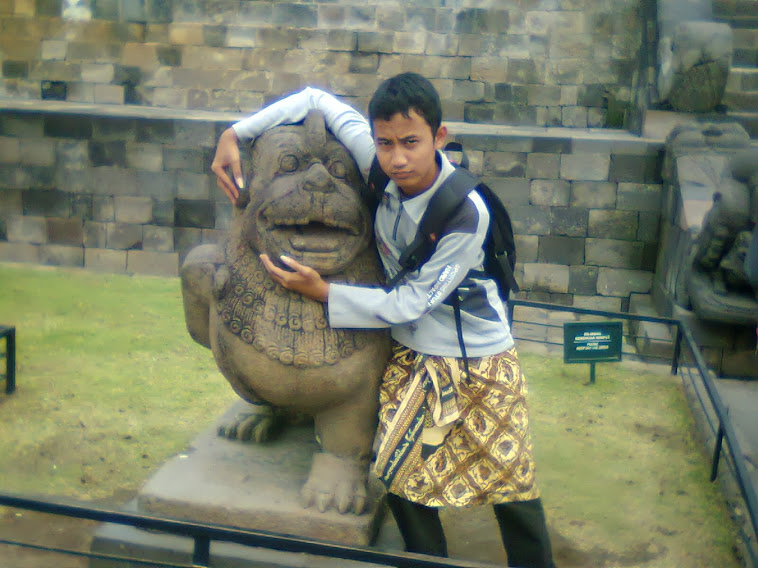Summary of
TPACK-related journal 13
Title : Teachers’
Professional Development: The Case of WhatsApp
Author : Ramazan Cansoy
Year : 2017
Publisher
: Canadian Center of Science and Education
Source
: www.eric.com
This research
simply dug information about the role of What’s App group in the teacher’s
professional development. The researcher, Ramazan Cansoy found 12 science
teachers at random private schools between 2015-2016. The 12 teachers were
joined in a what’s app group. Any kinds of information related to teaching
science were shared not only by one teachers but also all of the teachers. In
the study, it was observed that teachers made shares in four different themes
that support professional development. These were found to be shares for field
knowledge, shares for pedagogical content knowledge, shares for in-school teaching
practices and shares for emotional support among teachers. The materials shared
in the wat’s app group were also various in the terms of formats. Some of them
are in the kind of PDF but some of them can also be in the form of documents or
video. The content shared on the group aimed to support the pedagocical
competence among the teachers. In this context, it was revealed that programs
providing online chatting opportunities could be an important tool in ensuring
the professional development of teachers. The netnographic research method, one
of the qualitative research methods, was used in the study
